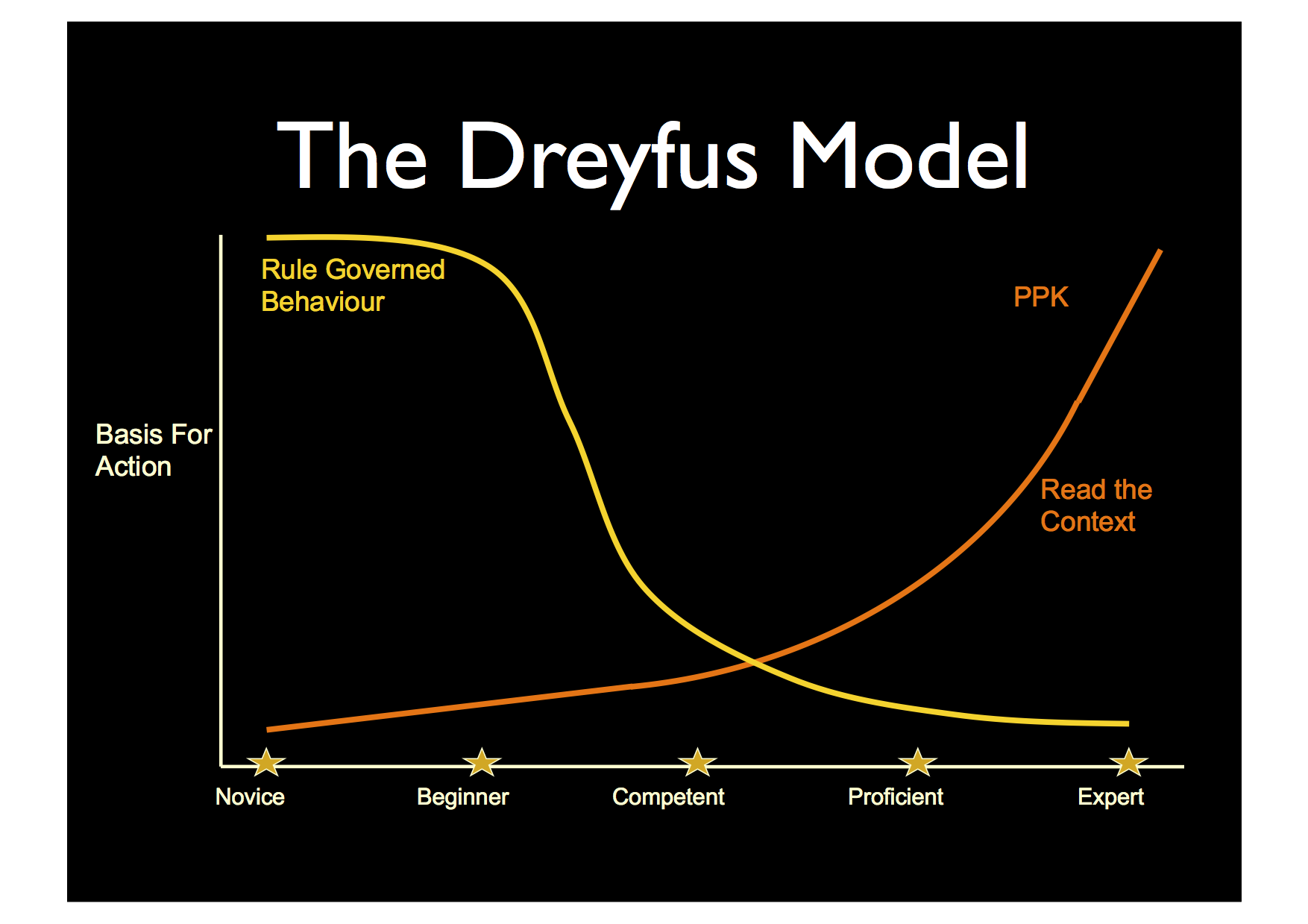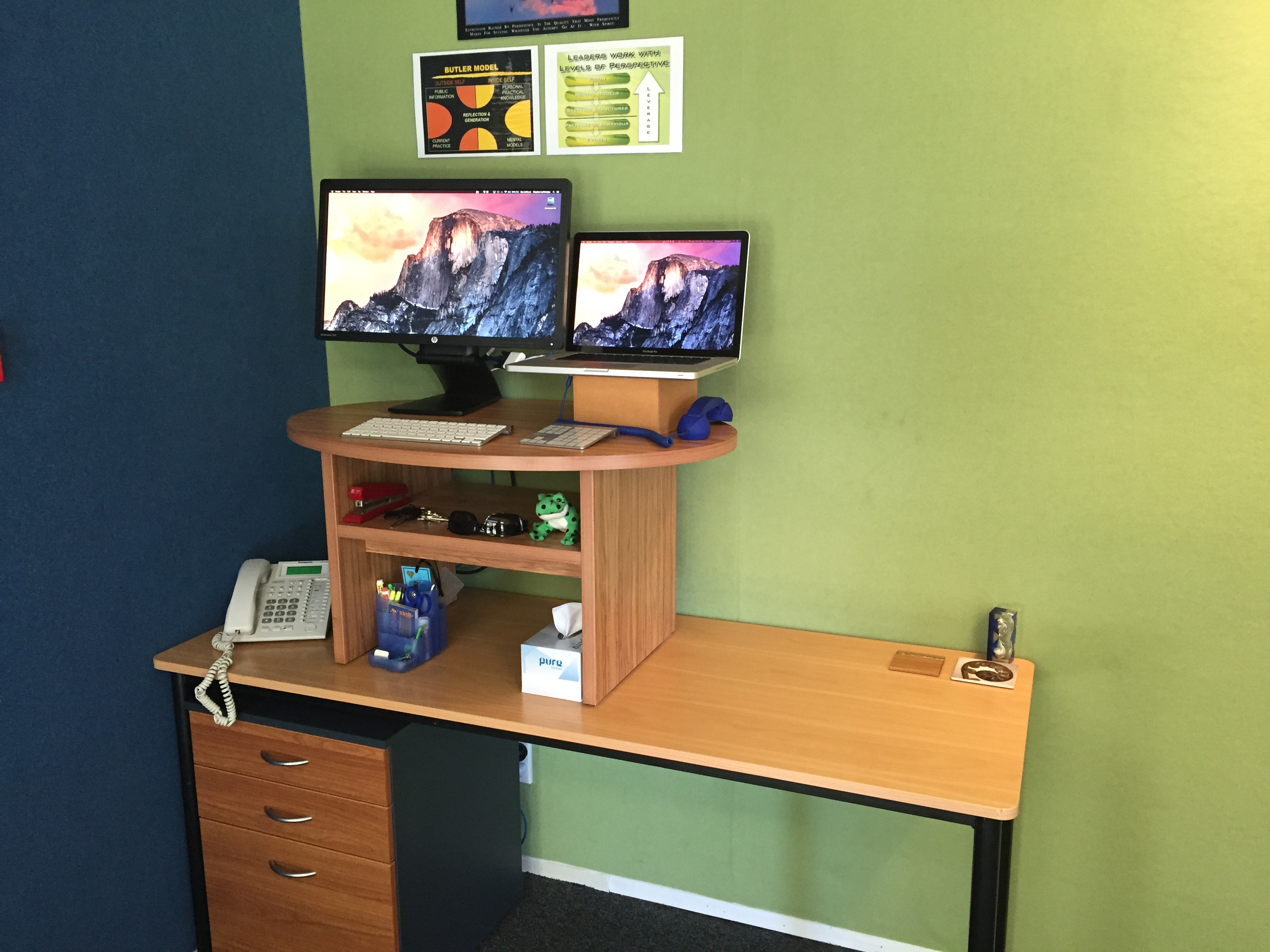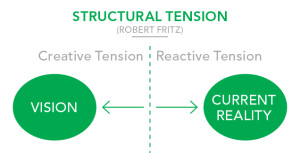In 2013 I was lucky enough to receive an email from a guy called Nat Torkington. It was an invitation to attend something called KiwiFoo. After a bit of investigating I accepted the offer. The general consensus from people was that if you get an invite to KiwiFoo camp you drop everything and just say yes.
What followed was a mind expanding weekend of listening and dialoguing with the most diverse and amazing brains. There were sessions about the role of media, blue sky discussions about where we wanted to be in the future, and we even built a hovercraft out of a leaf blower.
The beauty of the weekend is it is an unconference. A co-constructed gathering where the knowledge is in the room. After that weekend my mind was buzzing with ideas and more importantly connections. It made me realise that there is so much to learn from people who have absolutely nothing to do with education and those very people can learn much from us.
I was lucky enough to get invited back in 2014 and it was an even better experience. I met so many talented people and even more connections were made. Nat and Jenine run an amazing weekend and the people who attend are just amazing. A two year run is about the most you can hope for.
This weekend is KiwiFoo15 and I am not there, but what is even better is that three people from Taupaki School got an invite to attend. Kim Baars, JJ Purton Jones and Paula Hogg will be having the same mind explosions about know. The challenge for me is to harness the energy of Foo with these three upon their return.
Sometimes people question why they get an invite to something like KiwiFoo. People get the invite because they are doing awesome things. If you ever get an email from Nat inviting you to Foo don’t question why just say yes!








